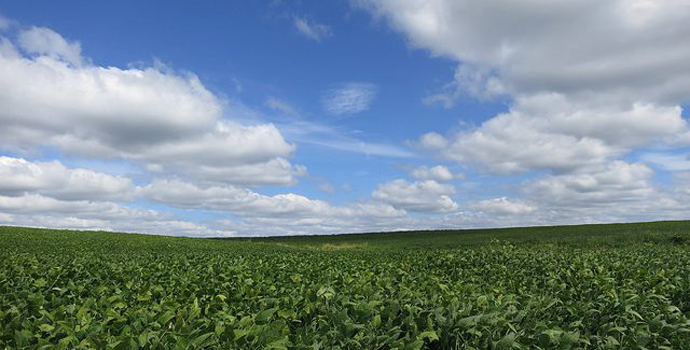How Primary School Textbooks Portray Animal Farming
Industrial animal agriculture not only harms animals, but also contributes to environmental problems like climate change. Furthermore, diets heavy in red meat and other animal products can increase the risk of developing serious diseases. Many researchers believe that reducing our reliance on animal farming in the future means teaching students about these problems at an early age.
The authors of this article wanted to find out how primary school textbooks present animal farming in relation to three topics: health, animal welfare, and the environment. They analyzed 46 Portuguese primary school textbooks (from grades 1 to 6) published between 2012 and 2020, including both images and written content. The data mostly came from environmental studies, natural studies, and Portuguese language books.
Animal Agriculture And Health
Farmed animals were often classified as food and resources (e.g., leather, wool, and sources of meat and eggs). This was the most common theme in the study, found in 352 instances with the highest number of mentions in fourth grade books. In addition, textbooks commonly described animals in relation to their exploitation (e.g., stating that poultry farms are “appropriate” places to raise chickens).
Regarding diets and health, the textbooks frequently celebrated Portuguese dietary traditions with images of animals used in the cuisine. Animals were presented as necessary for certain nutrients, and animal-based Mediterranean diets were often encouraged. Plant-based diets weren’t always encouraged as a source for protein. However, in eight instances, textbooks noted that animal products have a negative effect on health (mostly in sixth-grade texts).
Animal Protection And Welfare
In 95 instances, animal farming was presented as an idealistic or extensive system (e.g., animals living on green pastures) without any mention of animal welfare. Companion animals, found in 53 references, were often discussed as cute and worthy of care. Meanwhile, there were only four mentions of farmed animals being worthy of protection and care, and only one image of a human interacting in an affectionate way with a farmed animal.
Environment And Sustainability
The textbooks mentioned environmental threats on 81 occasions, but they only discussed the environmental harms of animal agriculture 8 times. Instead, they focused on issues like water and air pollution, soil degradation, and deforestation. Planes, factories, waste, and greenhouse gases were mostly blamed as the culprits.
Regarding the actions that people should take to mitigate environmental damage, the textbooks mostly focused on reducing waste and water use, switching to alternative energy sources, taking public transport, and eating organic food. There was only one mention of reducing animal product consumption to help the environment.
Teaching A Better Future
Based on the results of the study, it seems that school textbooks in Portugal do not tell the full story when it comes to animal agriculture, farmed animals, and plant-based diets. Unfortunately, this means that students may be missing out on important lessons about major global threats at a time when they’re primed to learn.
To fix this, animal advocates can work with schools to design lesson plans that discuss food production from an ethical and environmentally-friendly perspective. Rather than being taught to exploit animals and the environment, students need to understand how they’re connected to the land and animals around them. This starts with humane education.

















